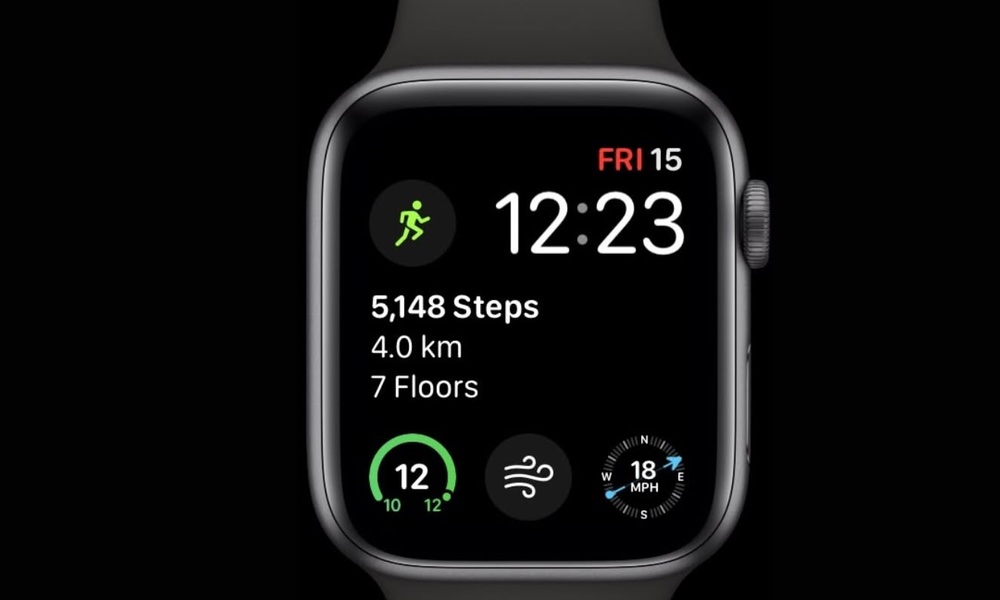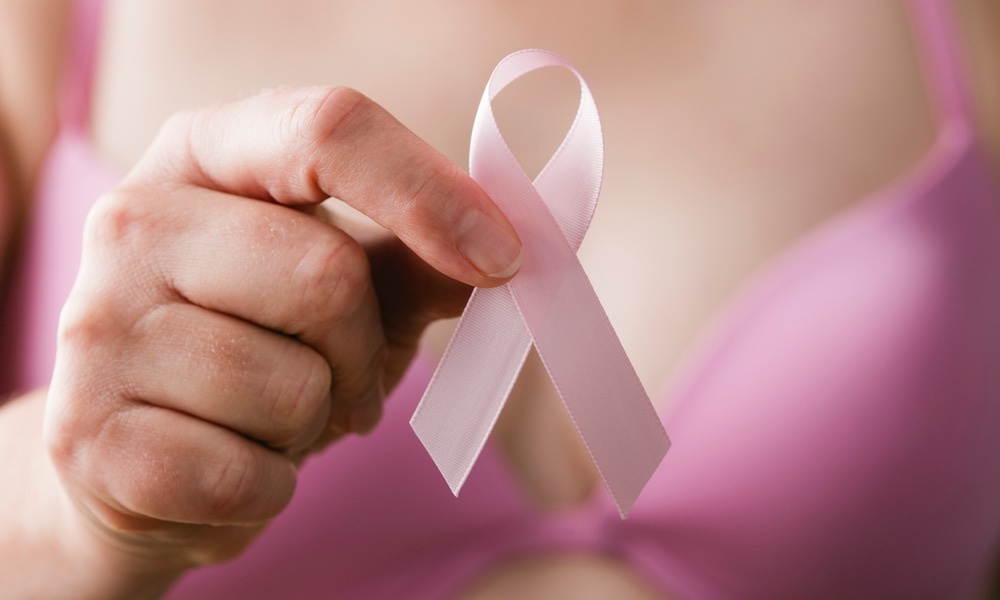
The big-picture health message didn't change in 2011: eat fresh, unprocessed food, primarily vegetables; use olive oil and other polyunsaturated fats; and to be happy and healthy, take a short walk or other exercise almost every day.
Many of the biggest stories of 2011 seemed to contradict each other. From when and how often to screen for breast and prostate cancer, whether alcohol is of benefit or harm, and whether fats or carbs are more to blame for our expanding waistlines, the mixed messages confirm that, like so much about life, pursuing health may involve trade-offs.
Every week of this past year brought reports of gene studies. Though generally not yet ready to be applied to human animals, they provide a tantalizing glimpse of game-changing treatment possibilities. Perhaps we will begin to see some of them in 2012.
Now, test yourself. How many of the following questions on some of the biggest health and medical news of 2011 can you answer?

1) Heart and Mind |

2) Kids |

3) Nutrition |

4) Aging |

5) Diet |

6)Healthcare |

7) Autoimmune |

8) Emotional Health |

9) Aging |

10) Infectious Disease |

11) Public Health |


2. What component of childhood has come to be in increasingly short supply today?

3. What fatty food was found to produce no change in cholesterol levels and actually lowered LDL (bad) cholesterol in some people?

4. Osteoarthritis, long thought to be the product of wear and tear, may be reversible. Why?

5. To be successful, dieters need to remember that losing weight is different from keeping weight off. How do they differ?


7. What autoimmune disease caused Venus Williams to withdraw from the U.S. Open?

8. Researchers found that pet owners were different from non-pet owners. How?

9. Researchers called this "a fountain of youth" for those over 50. What is it?

10. Hospital-acquired infections are on the rise and are responsible for increased healthcare costs. What two simple actions have been found to reduce hospital-acquired infections?





